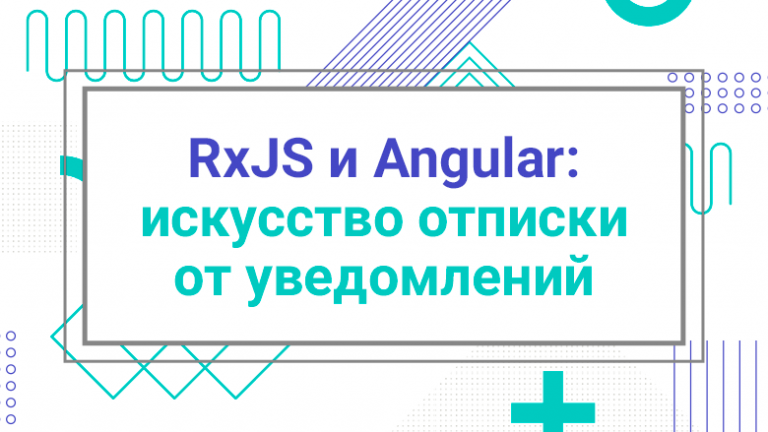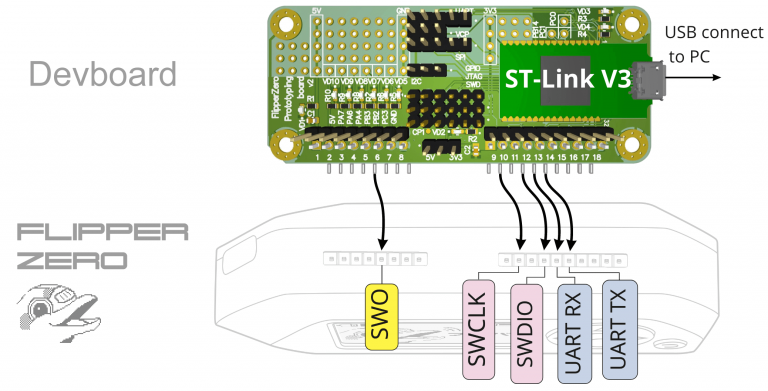Real AI Semantic Analyzer and solution to the problem of extracting instructions from administrative documents
During this time, we worked on the transition from technology to a product – the Real AI SA semantic analyzer, which solves a real business problem, and did the following:
We conducted about twenty problem interviews.
Created a legal entity.
Received a grant from the Innovation Promotion Foundation.
Developed and registered software for extracting orders.
We started piloting the solution.
More about the practical task – automatic filling of order cards in the electronic document management system by analyzing administrative documents, as well as our approach to solving it, I would like to talk about in this article.
Task
Large organizations, in the course of their work, create a large number of different documents; for example, in state corporations or ministries, the volume of internal document flow can reach up to 100,000 (one hundred thousand) documents annually.
In general, documents have a certain structure, but are written in natural language, which creates great problems for their analysis by existing products.
Of course, everyone has heard of solutions based on large language models that impressively process incoming phrases, but their main drawback is uncertain reliability of the result.
An example of incorrect understanding of a phrase with identified ChatGPT instructions:

The second drawback that we heard already during the discussion of approaches to solving the problem of text analysis with technical specialists is the requirement for resources and volumes of labeled data for training.
Thus, solving the problems of document analysis is assigned to documentation support specialists, who spend about 3,000 man-hours annually just on extracting instructions from orders and filling out cards in the electronic document management system in large companies.
Technology
The core of our solutions for text analysis and information extraction is a semantic analyzer, which builds a semantic model of the text in the form of a graph based on our own technology – the property-oriented approach.
Despite the fact that previous attempts to build semantic models for knowledge representation (for example, SemanticWeb) can hardly be called successful for solving the problem of natural language analysis (NLP), we believe that this approach is correct and corresponds to the way the human brain represents knowledge. And, one way or another, if we need reliability and verifiability, it is difficult to do without a graph representation.
Of course, existing systems using semantic models have many practical application scenarios – for example, in the field of medicine or mechanical engineering. In general, they cope well with those tasks where the subject area can be classified in advance, however, all attempts to use them for the analysis of free text ended in failure due to the use of cumbersome and inflexible object-oriented ontologies.
Below is a version of the ontology using the example of the Abby Compreno Universal Semantic Hierarchy:

In contrast to object-oriented solutions, we use a set of universal elements suitable for any subject area to construct a graph, since it is based on the description of concepts through their role in the low-level process of brain function, as we imagine it.
The work of the brain (what is called “consciousness”, “reflection”, “thinking”) in the property-oriented approach is considered as the execution by the brain of certain actions, the parameters and results of which are concepts externally represented as words (other external representations are also possible – visual, tactile images, etc., but in this case we are talking about text). And, accordingly, at the lower, primary level, it is enough to indicate the place of the concept in this process of performing actions, which leads to their four main categories:
At the technical level, all concepts are represented as a single universal element, and we believe that the knowledge representation model we have developed is close to the one that is implemented in the human brain with the help of neurons.
An example of constructing graphs can be found in technology demo.
From technology to product
While demonstrating the technology to potential customers, we received many requests from businesses for tools for working with the meaning of text, but the task of extracting instructions was encountered most often, so we focused on it.
To do this, we developed a prototype analyzer that parses documents to a limited extent, held a series of presentations to business representatives, and received letters confirming interest in the product being created.
Then we prepared and submitted documents to participate in the Start-AI-1 competition from the Innovation Promotion Foundation. In July 2022, we successfully completed interviews with foundation experts, and in August received a grant for R&D.
During the grant work (August 2022-November 2023), the strengths of our technology were confirmed. Although it was necessary to constantly develop and refine the analyzer algorithms, the very concept of presenting knowledge through the structure of actions remained unchanged, which made it possible to focus on the functional and consumer characteristics of the product.
As a result, a program that allows you to seriously save time on retrieving orders. For example, the average time for analyzing a one-page order is about 7 seconds with the formation of a matrix of orders, which is 30 times faster than this task would be solved by a specialist.
Architecturally, the solution is a web service that is located in the IT segment of the organization together with the EDI system. An example of integrating a solution into the IT landscape:

As can be seen from the architecture, the user does not have direct interaction with the analyzer, which is an additional security factor, and all interaction occurs through the interface of the EDI system, which is familiar to the user.
What advantages does our solution have?
Firstly, increased reliability – you can always look at the semantic model of the processed phrase. The figure below shows the semantic model of the order from the ChatGPT example, in which both the actor and action objects are correctly connected:

Secondly, the ease of adding new knowledge and the ability to introduce new concepts literally as you work.
All this makes Real AI SA suitable for analyzing documents and extracting the required information from them, while removing a significant amount of headaches from customers both in terms of preparing data for training and in terms of allocating resources for the solution to operate.
Conclusion
As part of our work on the project, we went from forming our own idea of how the brain processes information and the role of text to piloting a product on this basis that solves a specific business problem.
The technology has shown practical value and now we are developing along three tracks:
Improvement of the system core – both in terms of performance and in terms of increasing versatility.
Search for sites to pilot the developed solution for order retrieval.
Identifying new scenarios and problems that can be solved using our technology.
In addition to the business case of extracting orders described in this article, during the problem interviews we heard many other interesting cases that require understanding the meaning and now we have taken several of them into work, for example:
Extracting essential information from contracts for comparison with restrictive conditions or the formation of draft decisions
Construction of a corporate smart archive – a graph connecting all documents, business processes and employees of the organization. The tool is relevant both for analytics – identifying excessive workload or duplication of responsibility, and for search, when information is searched in a graph at the level of meaning and relevant artifacts are selected.
We have brought the first scenario to the level of a prototype, the second is still in progress and perhaps we will make it publicly available later.
Yes, in addition to the technology demo, the site has two demo business scenarioswhich we are gradually updating and supplementing.
PS: In addition to solving technological problems, to develop business competencies, we took an active part in a large number of events for startups, the most notable of which are Sprint from IIDF, Archipelago from the NTI Platform, Academy of Innovators from i.moscow.
The impressions are mixed, and if you are interested, we can share our experience either in the format of a separate article, or simply by answering questions.





![Musical [гитарная] statistics](https://prog.world/wp-content/uploads/2022/06/0282af11a86113b2724dd6e766ac9751-768x227.jpg)